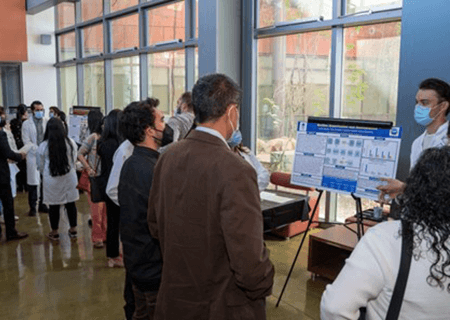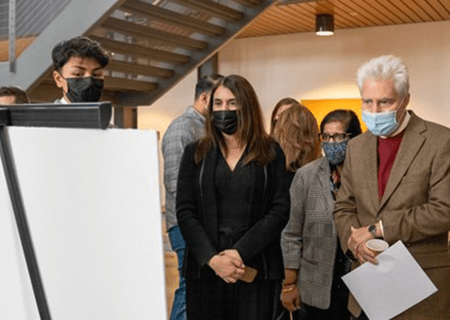
Volume 32, No. 5: Conference Session Highlights
Crossroads: Classroom to Career in Biotechnology
Chander Arora, Biotech Faculty, Los Angeles Mission College, Sylmar, CA
“We can teach them how to pipette, but we can’t teach them how to work as a team.” That comment by an employer at my hands-on training showcase marked a turning point in my teaching. I had thought that if I added soft skill topics to my hands-on training like this,

it would create crossroads to employment. To some extent it did, but I wanted to see all my students at the finish line, not just some.
“If they are not learning the way we teach, let’s teach the way they learn.” That was the idea that led me to contextualize soft skills by adopting the pedagogy of project-based learning (PBL). PBL encourages students to learn and apply knowledge and skills through an engaging guided experience in biotechnology. PBL creates a cohesive culture that fosters the development of important skills bridging college to career readiness. It empowers students to grow within their own scientific methods.
This realization led me to modify my learning model, from one in which soft skills are added to hands-on training to a model in which the relationship between strategic hands-on training and soft skills (automatic in PBL) is more like multiplication. If either factor is zero, the product is zero. This model led to a 100 percent employment rate.
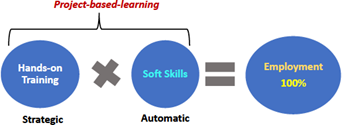
As one of the nine colleges in the Los Angeles Community College District, Los Angeles Mission College (LAMC) in Sylmar, California, mainly serves an underserved community. In the biotechnology program at LAMC, students learn about hands-on techniques for half a semester and in the other half apply the experience to a project that mirrors a real-world problem. Because it involves authentic assessment of learning, retention, and application, this student-centered pedagogy makes students ready for the workforce.

1:09

2:20

1:30

3:43
PBL worked like a magnet during the COVID-19 pandemic. Even though students were physically isolated, they felt socially connected over a project. Safe and guided hands-on PBL made their careers come alive. Surveys from students indicated that it enhanced critical thinking, improved communication, and stimulated team coordination. By applying their knowledge to a biotechnology project, they learned to develop a plan, manage time, and collaborate, and at the end of the project they had a sense of accomplishment. As a result, 90–100 percent of students were hired every semester, even during the pandemic. According to one employer, “These students meet training competency requirements for employment.”
PBL is accomplished in the following four phases.
Phase A. Identify a driving question, objective, or hypothesis.
Example questions: Which soap is most microbial? Was there any bacterial growth in the water fountains shut down during the pandemic? Which brand of water bottle has maximum BPA?
Example objective: Compare protein fractions in plant-based and animal-based milk.
Example hypotheses: Turmeric is good for health. COVID survivors have stronger immune systems than they did prior to having the illness. GMO tomatoes’ DNA is different from that of non-GMO tomatoes.
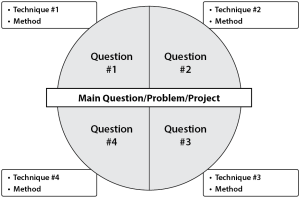 Phase B. Review the literature, build an experimental plan, and assign team roles. The experimental plan starts with finding related work in the literature. Next steps include collecting supplies, deciding on the techniques to be applied, making a flow chart of the plan, and finally team building—the most challenging but also most important part of PBL. Team building starts with assignment of roles such as performer, verifier, recorder, and reporter. As the project progresses, team members switch roles to share the experience. This is followed by brainstorming through a “gallery walk.” A chart template and specific color are used for the gallery walk for each team, and each team comments on the other teams’ gallery walk charts. Finally, the questions, flow chart, and techniques are discussed and streamlined by the entire class.
Phase B. Review the literature, build an experimental plan, and assign team roles. The experimental plan starts with finding related work in the literature. Next steps include collecting supplies, deciding on the techniques to be applied, making a flow chart of the plan, and finally team building—the most challenging but also most important part of PBL. Team building starts with assignment of roles such as performer, verifier, recorder, and reporter. As the project progresses, team members switch roles to share the experience. This is followed by brainstorming through a “gallery walk.” A chart template and specific color are used for the gallery walk for each team, and each team comments on the other teams’ gallery walk charts. Finally, the questions, flow chart, and techniques are discussed and streamlined by the entire class.
Phase C. Execute the experimental plan, acquire results, review, and critique. Brainstorming is followed by brain norming and performing, i.e., executing the experimental plan, writing an SOP (open to be modified in the end), devising solutions, and evaluating team performance. Any failure is looked upon as an opportunity for root-cause analysis before rerun. As the data is obtained, I sit down with each team to introduce critical thinking in reviewing and interpreting the data.
Phase D. Tabulate the data, plot graphs, and address the driving question, objective, or hypothesis. This is the phase where everyone is involved in plotting the data, employing their own technical skill to discuss and pick the clearest way to present their results. A conclusion is drawn to connect back with the driving question, hypothesis, or objective. Everything is fitted into a poster template, printed, and rehearsed before the final presentation at the end of the semester. This is the time for students to build their self-efficacy.
At the conclusion, every soft skill has been contextualized by using PBL pedagogy: scientific study design, teamwork, time management, critical thinking, root-cause analysis, problem-solving, effective communication, data collection and tabulation, public presentation, and most important, sense of engagement and pride in their work. They all feel ready for work without having worked specifically on each soft skill.
Every semester, the final posters are presented at a biotechnology exhibition that is open to everyone, including employers and advisory board members of the program. Shown below are examples of posters created within the eight-week timeline, along with pictures of the gallery walk and exhibition.
View the author’s NCPN CONNECT 2022 presentation slides here.
Email the author at ARORACP@lamission.edu.
Example Posters
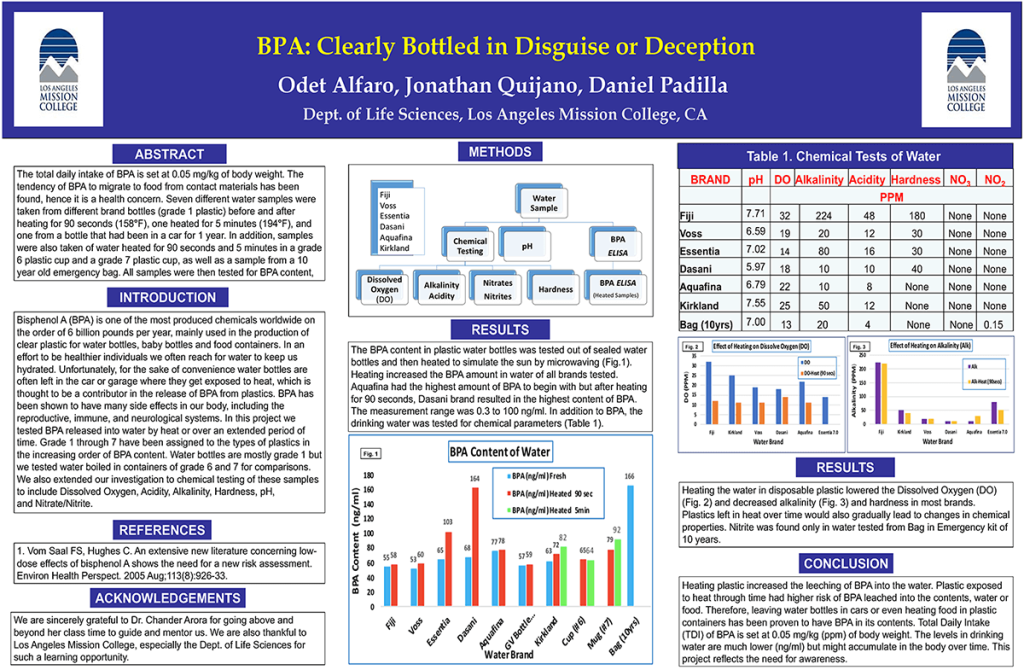
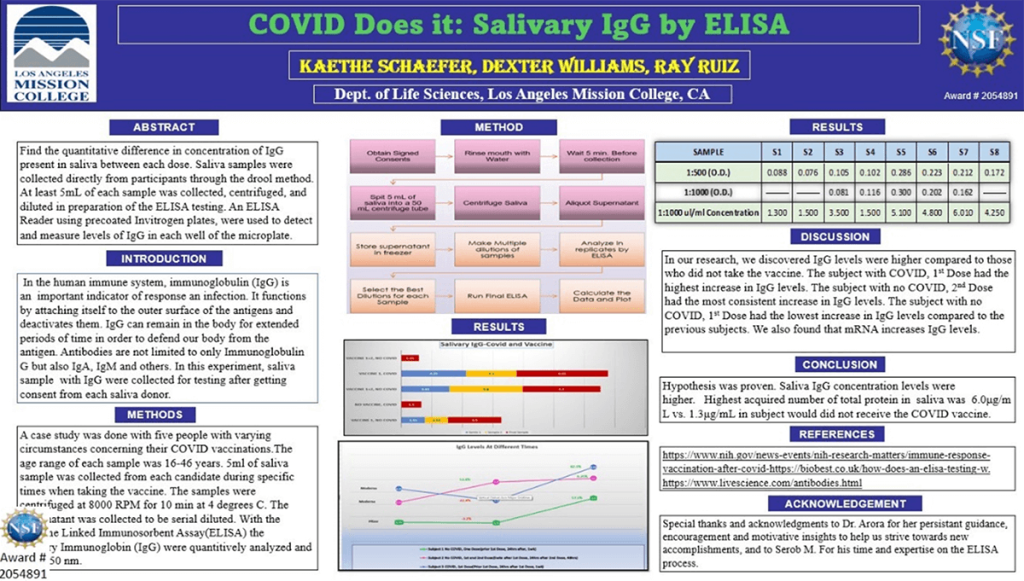
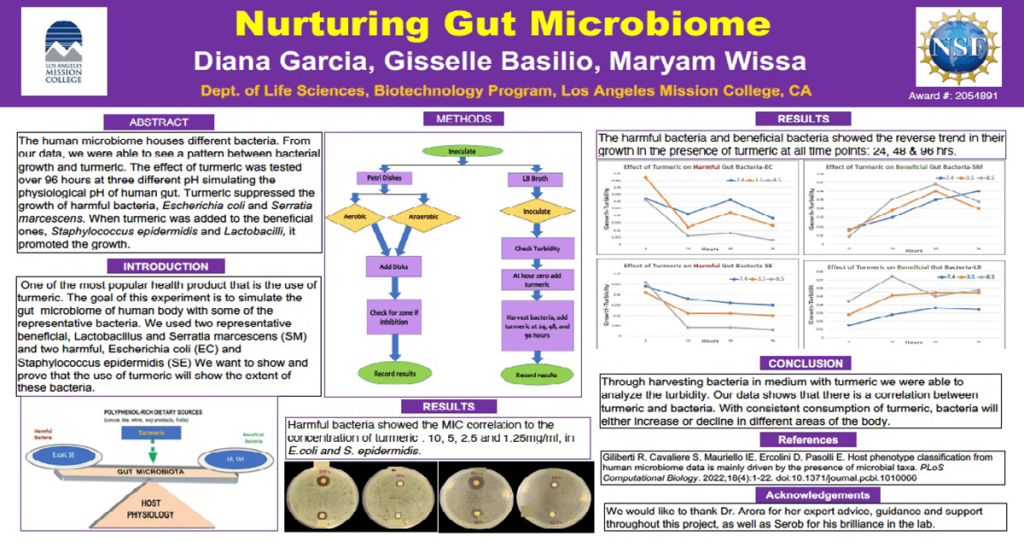
Brainstorming: Gallery Walk
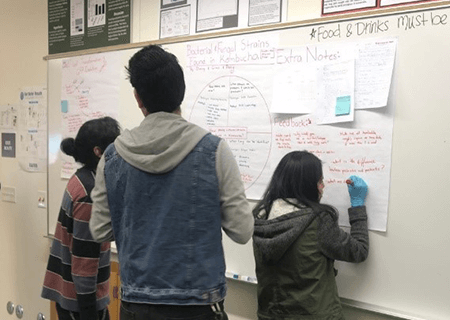
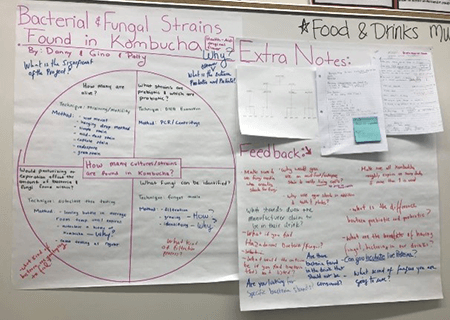
Conducting the Experiments As a Team
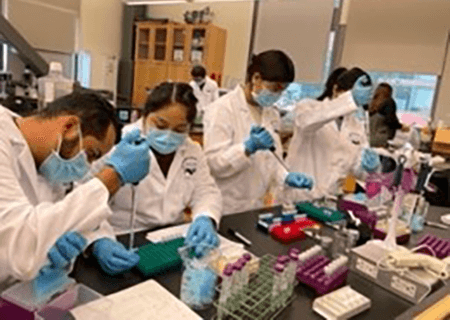
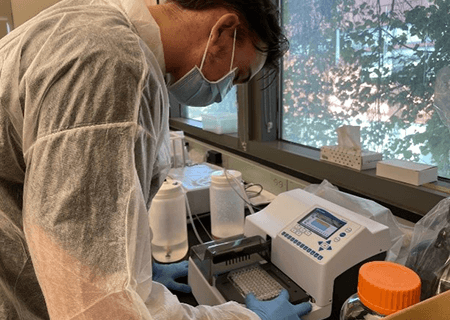
Biotech Exhibition at the End of the Semester
